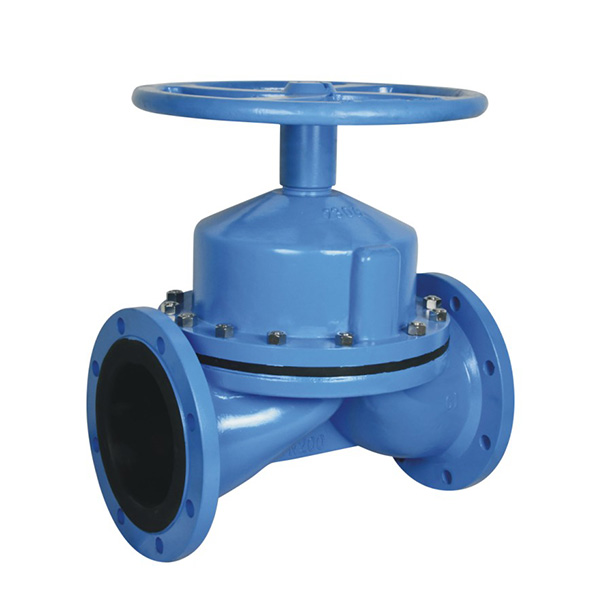The Ultimate Buyer's Guide for Purchasing weir type diaphragm valves
Oct. 16, 2024
Understanding the Weir Type Diaphragm Valve
The weir type diaphragm valve is a popular choice for industries dealing with corrosive and abrasive media. Its unique design features a raised "weir" or saddle across the flow path, which provides efficient flow control and minimal dead space. This design is particularly beneficial in applications requiring clean-in-place (CIP) and sterilize-in-place (SIP) procedures, as it reduces the possibility of media residue accumulating. Before selecting a weir type diaphragm valve, it’s crucial to understand the basics of how it functions and where it excels.
Materials of Construction and Compatibility
When purchasing a diaphragm valve, one of the key considerations is the materials used in its construction. The diaphragm itself is usually made from elastomers like EPDM, PTFE, or other materials based on the chemical compatibility with the media flowing through the valve. The valve body can be made from various materials, including stainless steel, cast iron, or plastic. For industries dealing with highly corrosive substances, it's critical to choose a material that resists degradation to avoid frequent replacements or potential leaks.

Key Material Considerations
Diaphragm Material: PTFE is widely used for its chemical resistance, while EPDM offers flexibility and is suitable for many water and air applications.
Valve Body: Stainless steel is a robust option for high-temperature and corrosive environments, while plastic may be chosen for less aggressive conditions to reduce costs.
Flow Control and Precision
Another factor that customers need to consider is the valve's flow control precision. The weir type design is particularly efficient in regulating the flow of liquids and gases, providing a smooth transition from open to closed positions. This makes it ideal for applications requiring precise flow adjustments, such as pharmaceutical or food processing industries where maintaining consistent flow rates is essential. For customers looking for accurate control of flow rates, it’s important to select a valve with reliable actuation options, such as manual, pneumatic, or electric actuators.
Maintenance and Longevity
Regular maintenance is necessary for diaphragm valves to ensure long-term reliability. The diaphragm itself is a wear part and needs to be inspected and replaced periodically. However, weir type diaphragm valves are known for their ease of maintenance, with quick access to internal components and simple replacement procedures. To minimize downtime, end users should look for valves with easily replaceable diaphragms and check for industry certifications that indicate durability under continuous use.
Maintenance Tips
Schedule regular inspections of the diaphragm to detect early signs of wear.
Choose valves with modular designs to facilitate easy repairs and part replacements.
Verify that replacement diaphragms are readily available from the manufacturer.
Cost Considerations
While diaphragm valves can vary widely in price depending on their materials, size, and actuation options, it's important to consider the long-term cost of ownership. Valves with cheaper initial costs may require more frequent maintenance or replacements, leading to higher operational expenses. Investing in a high-quality valve made from durable materials can result in lower overall costs by reducing the need for replacements and minimizing system downtime.
Conclusion
When selecting a weir type diaphragm valve, customers must evaluate the specific needs of their application, including chemical compatibility, flow control precision, and maintenance requirements. By choosing the right materials and actuation methods, customers can ensure reliable performance and long-lasting operation in even the most demanding environments. Taking the time to carefully assess these factors will lead to more efficient system performance and a better return on investment.
187
0
0
All Comments (0)
If you are interested in sending in a Guest Blogger Submission,welcome to write for us!


Comments